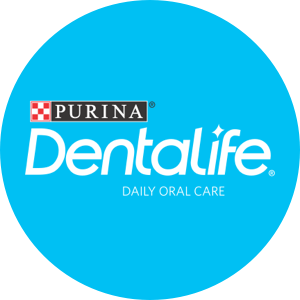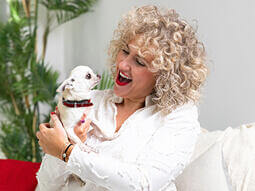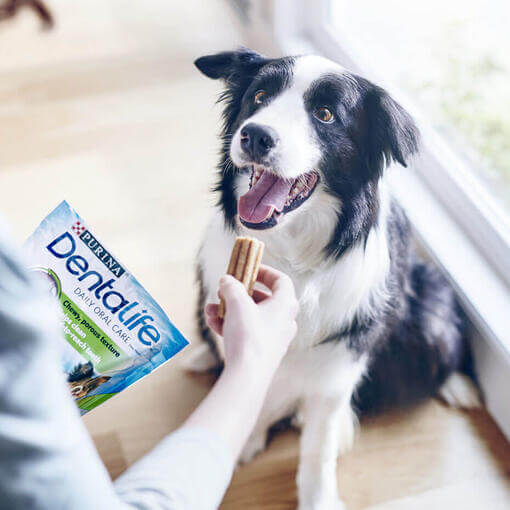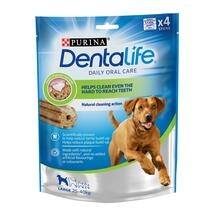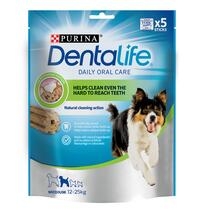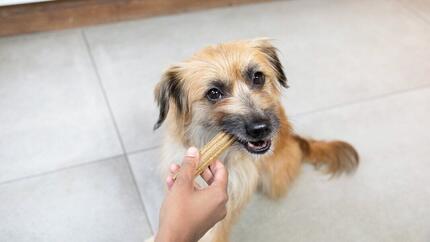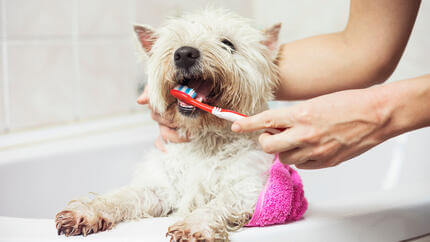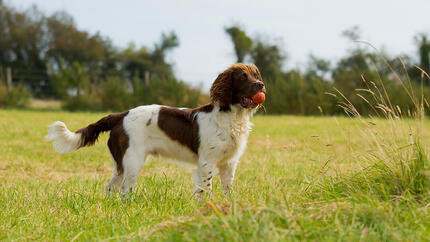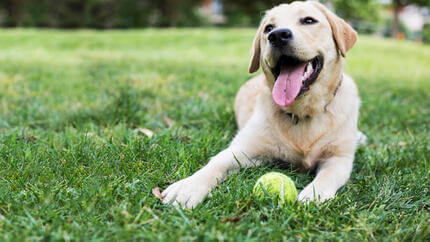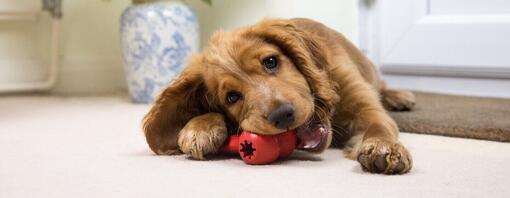
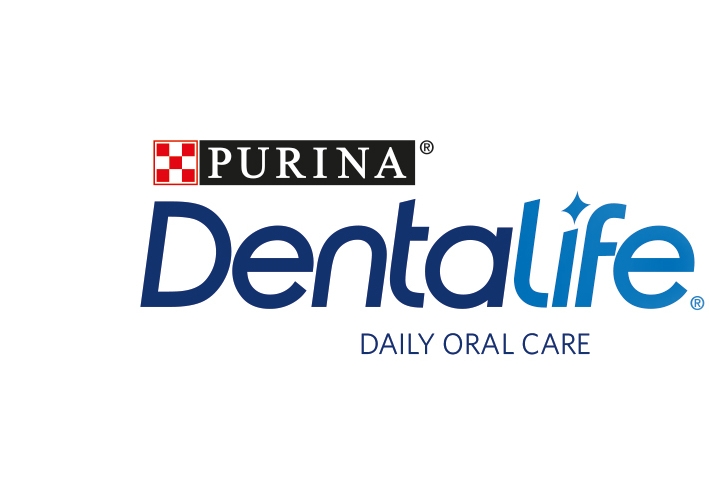
Dog dental care can be tricky, especially when they’re picking up different items with their mouth that may not be good for them.
Knowing exactly what’s okay to pick up and what isn’t is also difficult. Carry on reading to find out what dogs can chew and what’s not safe.
What isn’t safe for my dog to chew?
Can dogs chew sticks?
Throwing sticks in the park has been a staple of any dog walk for many years, but did you know that vets have advised that it may not be a good idea? This is because dogs may receive a splinter from carrying the stick.
If your dog does begin to pick up and carry sticks fear not, most of the time they won’t receive a splinter. It may be worthwhile to always check your dog’s mouth after carrying a stick and if possible, encourage them to carry something else. Toys and balls are always a good alternative for dogs that like to carry items whilst they walk. Think of it as a great opportunity to choose some new toys for your dog!
Can dogs chew stones?
Many dogs enjoy playing with small stones that they find whilst out on walks and in the garden. This is because they usually have a specific scent from being outside and are the perfect size to fit in a dog’s mouth. However, if your dog chews on them frequently, it will wear down the enamel on their teeth. Enamel is the protective layer of the teeth and if it’s worn down too much, your dog may experience discomfort when eating. That’s why it is important to encourage your dog to chew safer items such as dog toys, instead of small stones from the garden.
Should dogs chew plastic?
Although the majority of plastic can look soft, if it splits it may become sharp. This means if your dog tends to chew toys such as Frisbees or plastic objects found around the house, they could inadvertently hurt themselves. We recommend keeping plastic out of a dog’s reach if possible, along with checking toys such as Frisbees regularly for splits and cracks. If a plastic toy is beginning to crack, it may be time to throw it away and get a new one.
Can dogs have bones?
Many dog owners like to treat their pooch to a real bone to chew on every now and again. Whilst these bones do make for a tasty treat, they can sometimes become harmful. This is because the bones can split and fragment, hurting your dog, and small parts may be swallowed which can cause intestinal discomfort.
We recommend you watch your dog when chewing on a bone to make sure this doesn’t happen. It may also be worth limiting the amount of time they have with the bone. Better yet, if possible, you could purchase a synthetic bone made for dogs to chew. These bones are much safer and are designed for pets to use, making them a safe and tasty treat for your dog to enjoy.
Can dogs chew corn on the cob?
If someone asked you to name items you shouldn’t let your dog chew on, you probably wouldn’t say corn on the cob. However, corn on the cobs are best kept out of the way as they can be chewed into small pieces and swallowed. As well as potentially scratching your dog’s mouth, pieces of corn on the cob can be too big to fit through the intestines of smaller breeds. If your dog likes scavenging food (and many dogs do!) then make sure they can’t grab a corn on the cob from the dinner table, kitchen or bin.
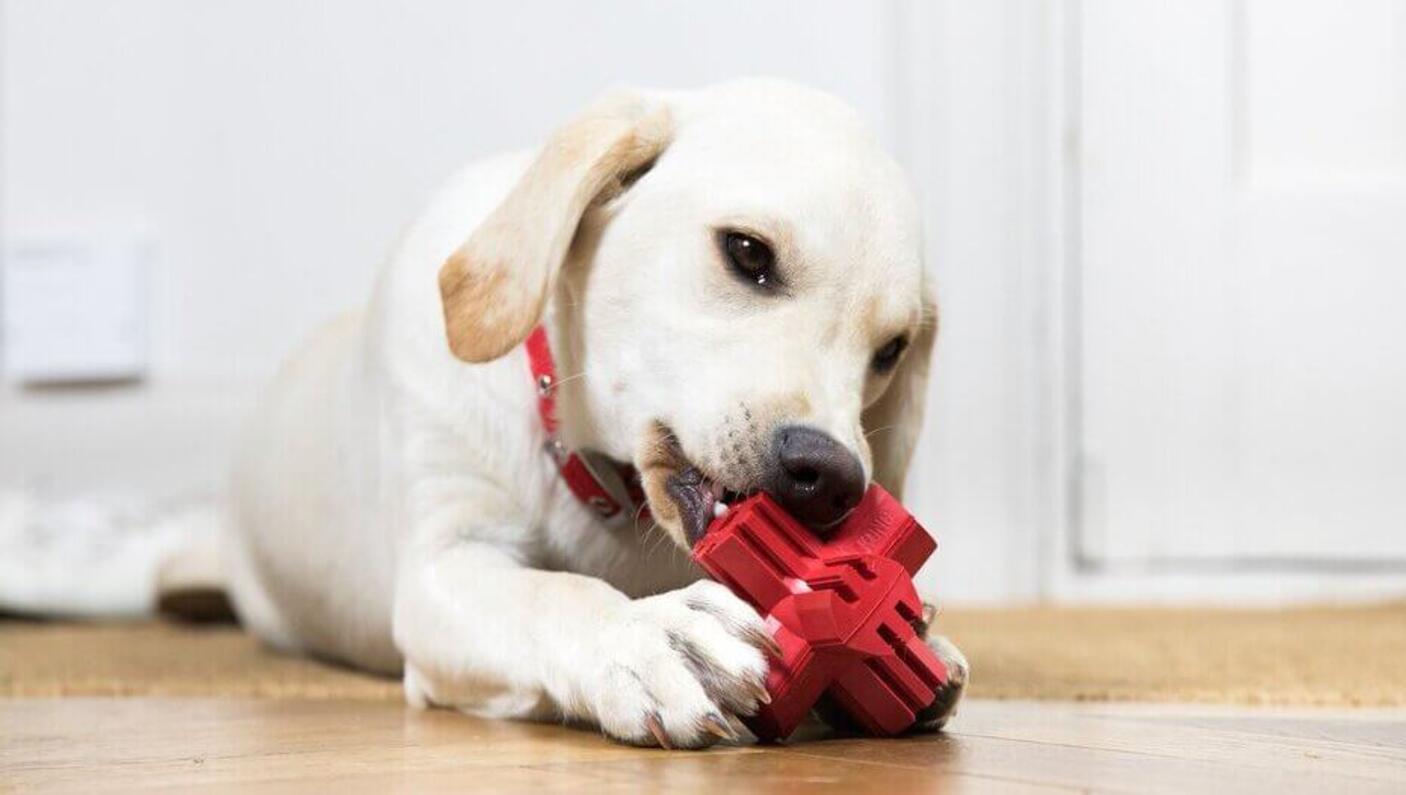
Teaching a dog to drop
If your dog does happen to pick up something it shouldn’t have, a great training trick is telling them to drop it. One technique is to ask your dog to trade one item for a more desirable one. Use the command ‘drop’ (or something similar) while you swap items. Doing this repeatedly should teach your dog to drop on command. This skill can then be used when your dog has something in their mouth that they shouldn’t.
What can I give my dog to chew on that is safe?
It’s important to ensure that your dog only chews on things that are safe. The good news is that there are loads of things they can chew on happily and safely to keep them satisfied. Next time you’re in your local pet store why not take a look down the isles for special chew toys and bones that are completely safe? These items are generally flexible and will be difficult to splinter.
If you want to treat your dog to a tasty chew treat, try a specific dog chew such as Purina Dentalife Sticks – they can also help keep their teeth clean at the same time.
It’s not always apparent that there are lots of items that, if picked up, can cause your dog trouble. However, with the proper training, knowledge and vigilance you should easily be able to keep on top of what’s in your dog’s chops.
For more dog health advice, read our guide to gastroenteritis in dogs, next.
Shop the Dentalife Dog range:
Related articles by Dentalife
